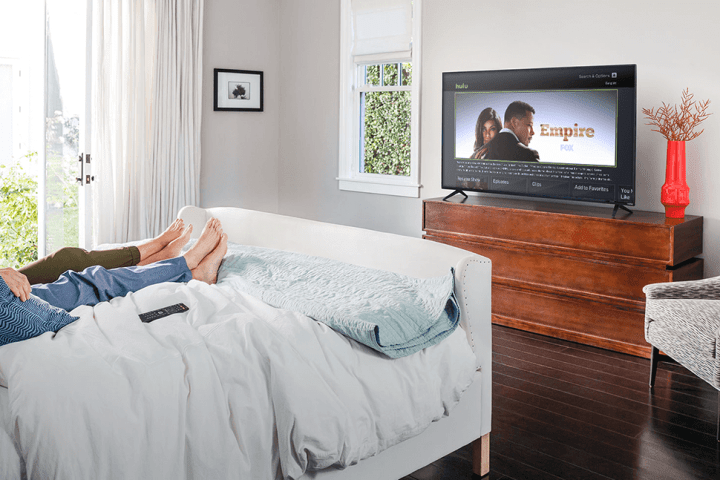
Since Hulu confirmed it was working on a live-TV streaming service, a price point of around $40 per month has been rumored, but was never confirmed by the company. No concrete details are yet known on what the pricing will eventually be, but a survey found by Cord Cutters News seems to confirm that not only will Hulu’s live-TV service be more expensive than Sling TV and PlayStation Vue out of the box, but it could be on the confusing side as well.
Similar to Sling TV, it seems that there could be two different “core” packages available: one for $35 per month, and one for $50 per month. The cheaper plan only allows for streaming on one device, while the pricier plan includes multiple devices like PlayStation Vue and Sling TV’s multi-stream service (currently in beta). Either way, the number of devices users watch on will be limited, unless they pay a $15 fee allowing for unlimited in-home devices (likely determined by Wi-Fi) and up to three mobile devices.
In another similarity to Sling TV, the two core packages offer some odd differences in programming. Both offer major broadcast networks like ABC, CBC, Fox, and NBC, though it seems whether these are live or on-demand will differ based on the viewer’s location. On the other hand, the $50 core package shown in the survey lacks some channels available in the $35 package like Animal Planet and History, but offers channels not found in the lower-tied package like Discovery.
The survey does also mention add-on packages that contain channels shown in the two hypothetical lineups, so it’s possible that the company would like to market more a la carte offerings, but may not be sure if it will be able to secure the necessary deals. These multi-channel packages are based around “themes” like Lifestyle, Music and Entertainment, and others. Individual premium channels like HBO, Showtime, Cinemax, Epix, Starz/Encore, as well as sports-focused channels like Fox Soccer Plus, NFL RedZone, and the WWE network also may be available separately, similar to how they’re offered via cable or other streaming live-TV services.
Like PlayStation Vue, digital DVR service will also be included, though unlike Vue, it appears to be limited in terms of how much can be stored as opposed to how long (PlayStation Vue recordings disappear after 30 days). Users of Hulu’s service would be limited to 20 hours of DVR storage, though they will apparently be able to upgrade to 300 hours of DVR space for $20. Like the device limit, it isn’t clear if this would be a monthly fee or a one-time payment. A system called Smart Record is also mentioned separately from the DVR functionality, but what it is or how it works isn’t specified.
Hulu’s standard streaming service isn’t included in either of the live-TV packages out of the gate. Instead, this seems to be used as added incentive to spring for premium channels, dropping the standard Hulu service from $9 per month to $5, or from $12 to $9 for the commercial-free plan.


